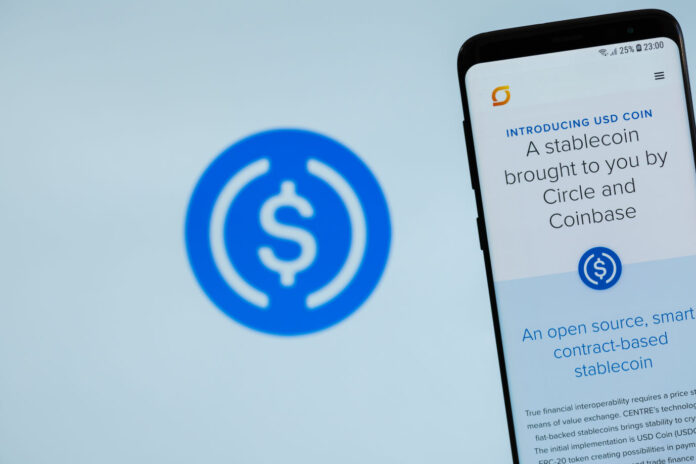The recent increase in IOF (Tax on Financial Operations) rates announced by the Ministry of Finance — which in some cases rose from 0.38% to up to 3.5% — has drawn attention to the high cost of financial transactions in Brazil, especially those involving foreign exchange. The change impacts consumers and businesses conducting international operations, from purchases abroad to payments and remittances in foreign currency.
This scenario reignites the debate about the efficiency and costs of the traditional banking system. In addition to the IOF, currency exchange operations typically involve high spreads, which can range from 1% to 7% over the benchmark rate (PTAX), especially for small volumes — a common reality among consumers and small businesses.
In this context, interest in digital alternatives is growing, such as stablecoins — cryptocurrencies typically pegged to fiat currencies like the dollar. As explained by Bárbara Espir, Country Manager of Bitso in Brazil: ‘USDT (Tether) and USDC are examples of dollar-backed stablecoins that are widely used, even in Brazil, to send and receive funds, protect assets against the devaluation of the real, and even make international payments.’
Because they are based on blockchain, a traceable technology available 24/7 that does not require intermediaries in the validation process, transactions with stablecoins tend to be faster, with often instant settlement, cheaper, and when traded as an investment, they are exempt from IOF. Moreover, platforms that intermediate the buying and selling of these digital currencies, such as Bitso, often offer more competitive rates, between 0.1% and 0.5% compared to traditional exchange rates, and even provide additional benefits such as yields similar to those from investing in U.S. public bonds.
Central Bank data show that in 2024, Brazil recorded $18.2 billion in crypto asset imports, highlighting the growing adoption of these technologies as a means of accessing the global market and financial protection. This trend is especially relevant for small and medium-sized enterprises (SMEs), which face tighter margins and difficulty accessing credit in the traditional system — according to Sebrae, 88% of them cannot secure bank financing due to lack of guarantees.
This trend reinforces the search for more efficient alternatives to traditional foreign exchange, both economically and operationally. In an environment where the cost of transacting internationally is rising, solutions like stablecoins offer simplicity, transparency, and more democratic access to the dollar,’ adds Bárbara.
With a regulatory environment still evolving but gaining adoption, stablecoins are establishing themselves as a promising tool to reduce costs, increase exchange rate predictability, and make the use of hard currency more accessible, especially in times of tax uncertainty.


